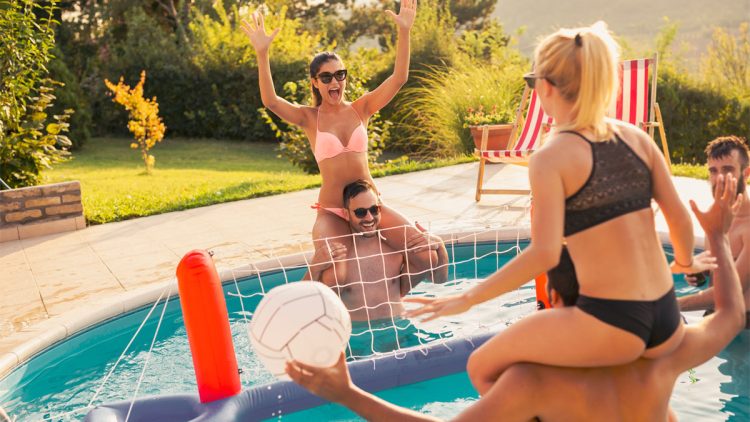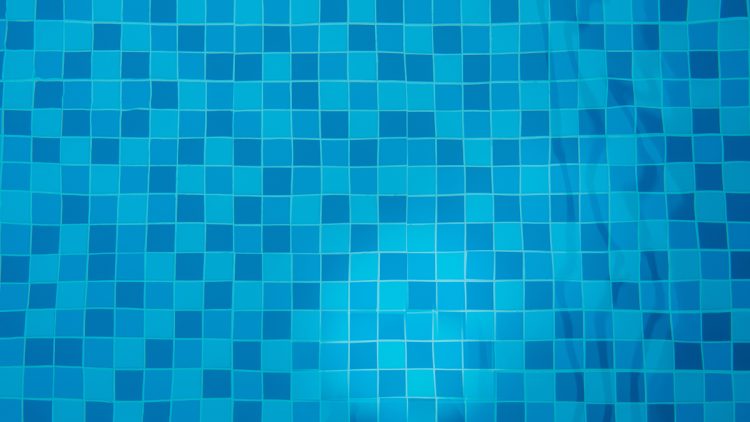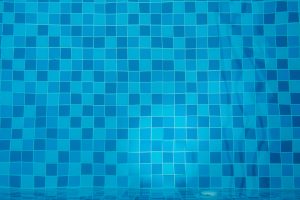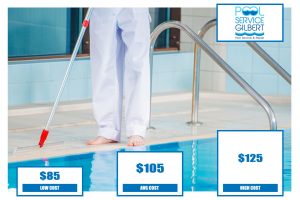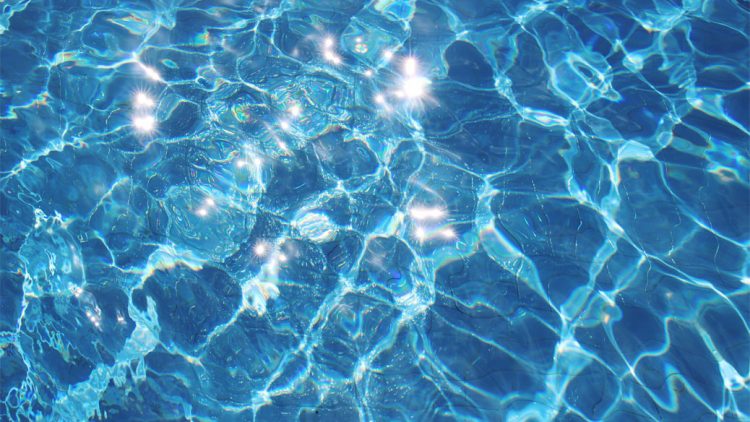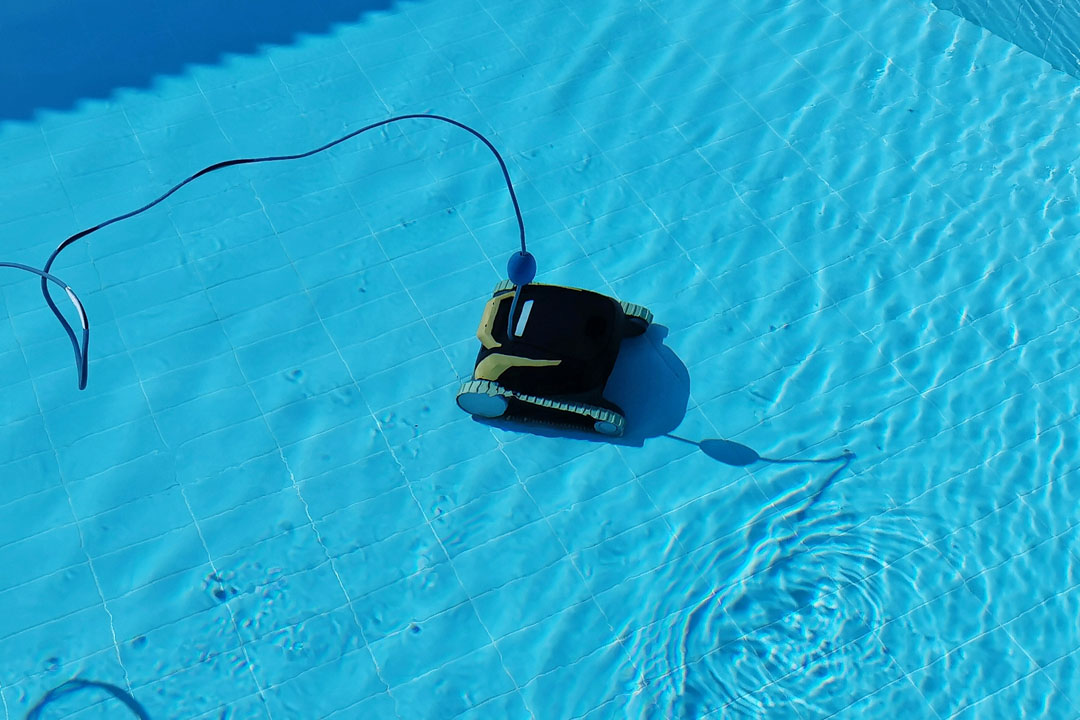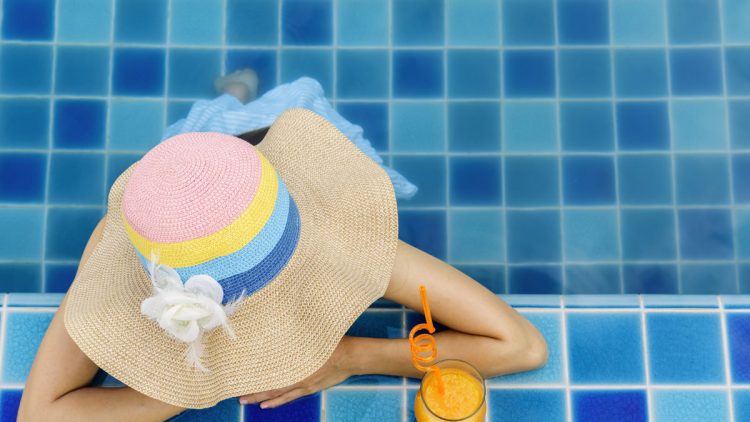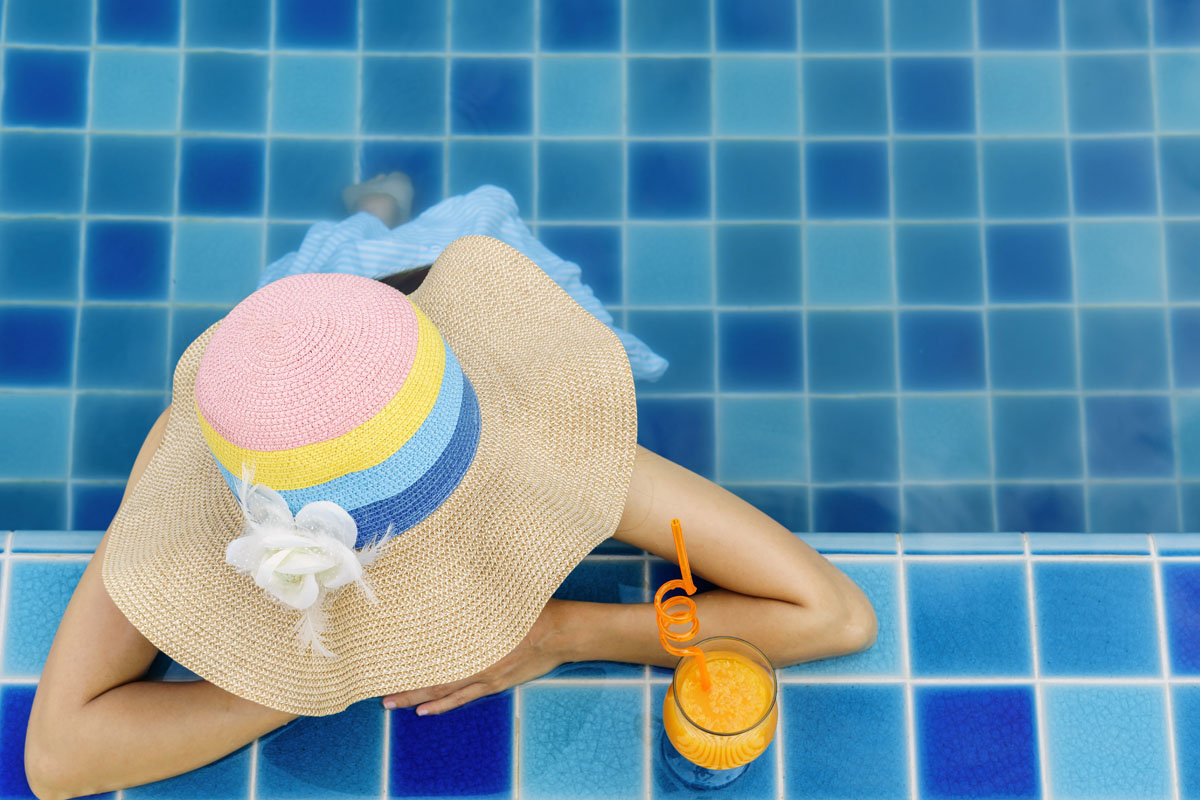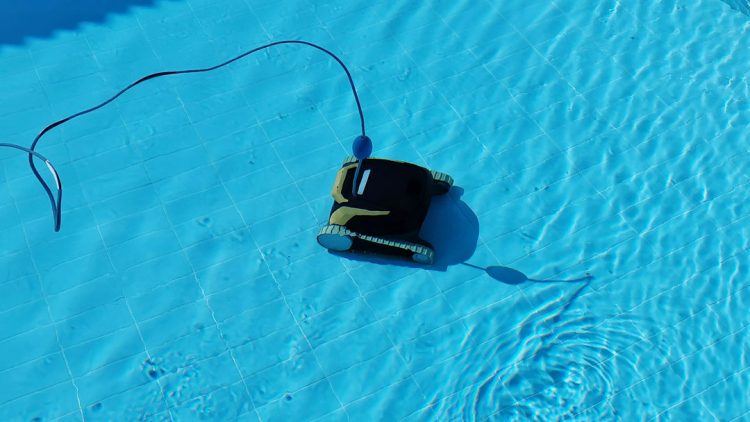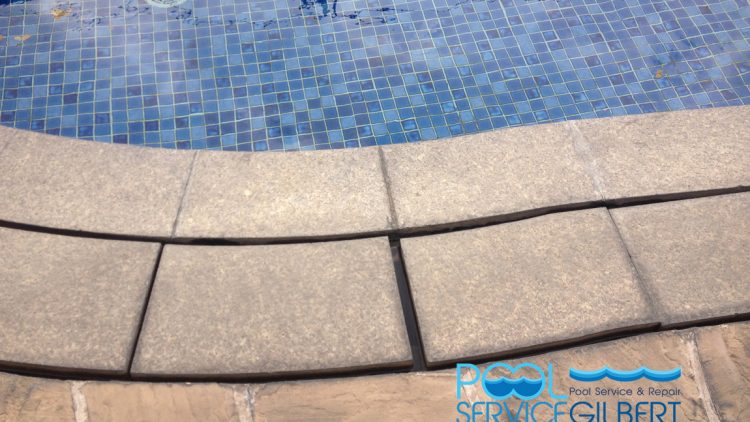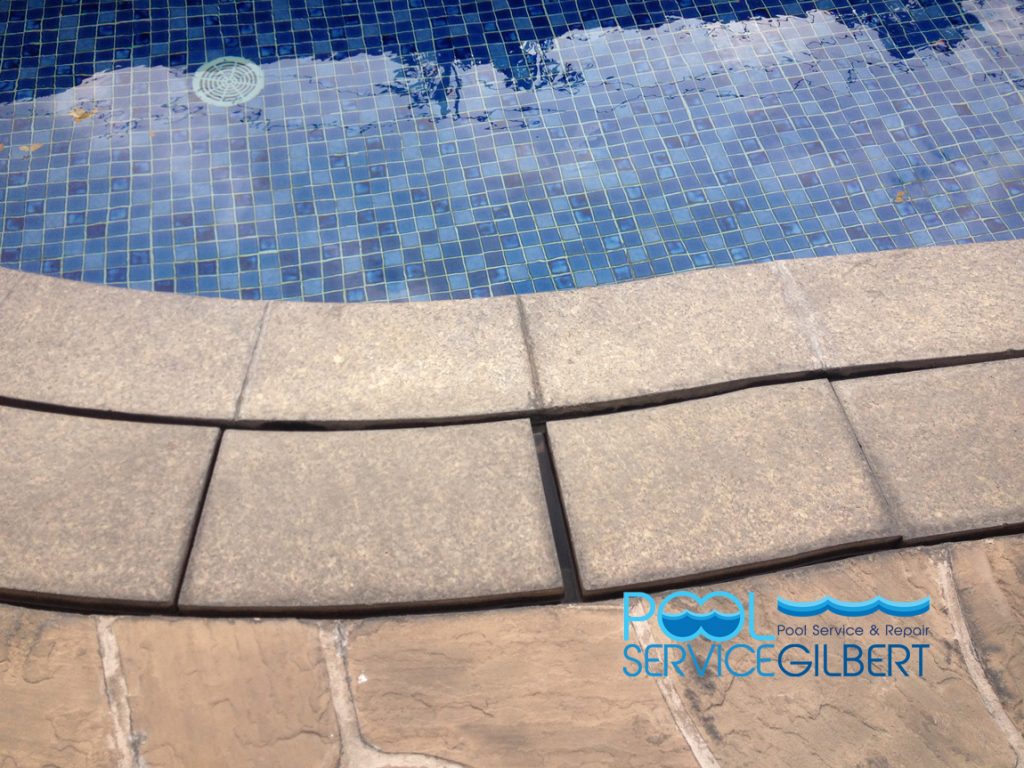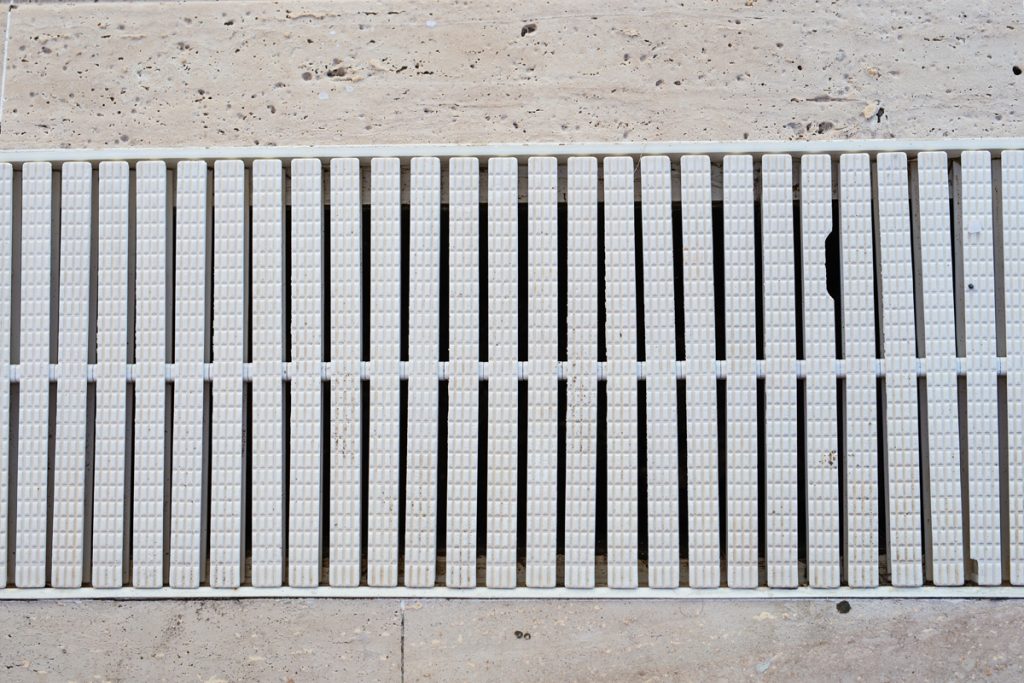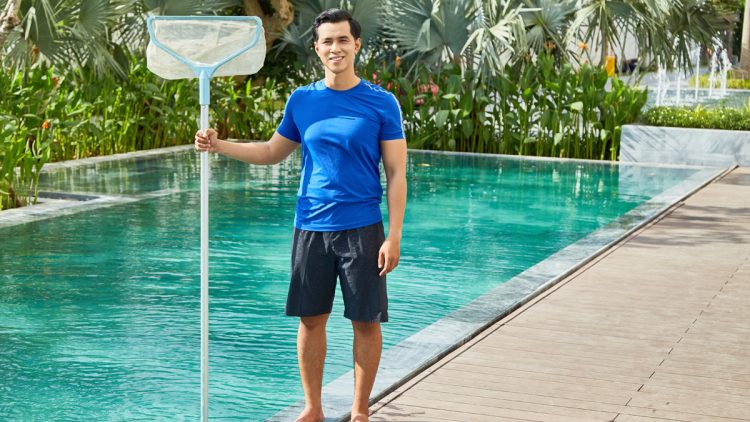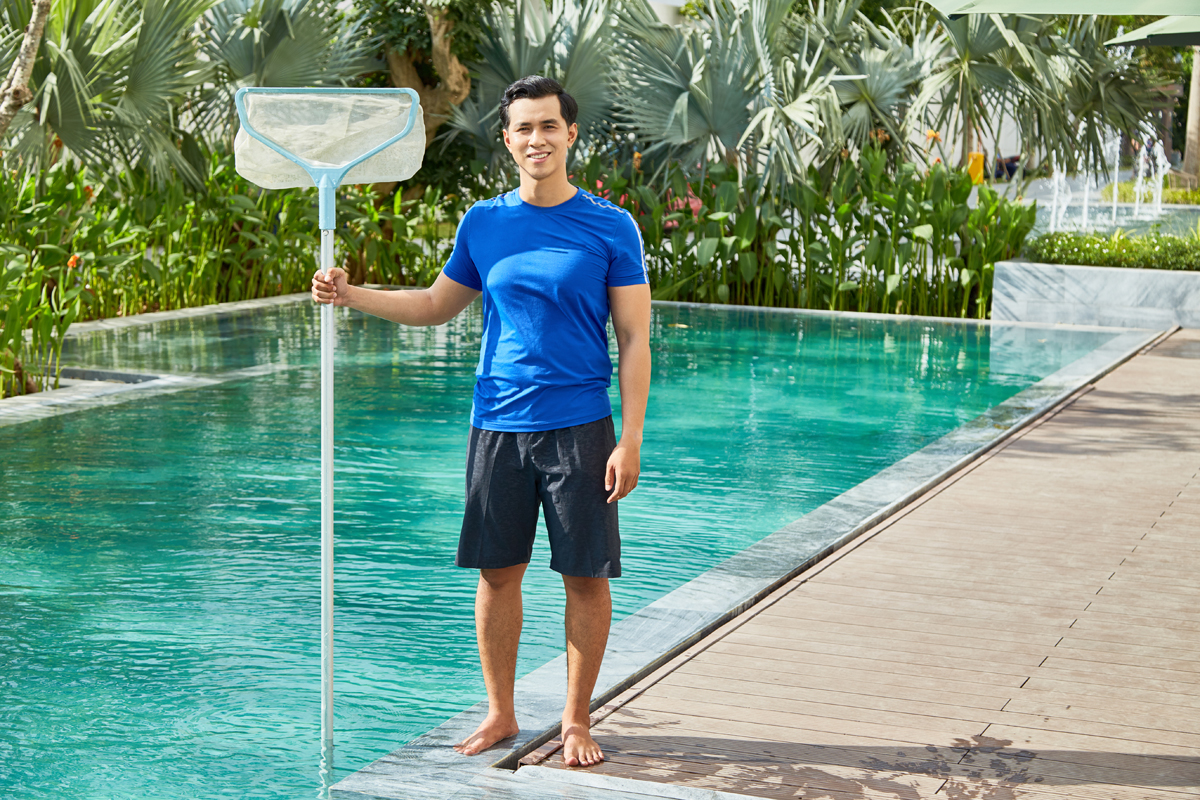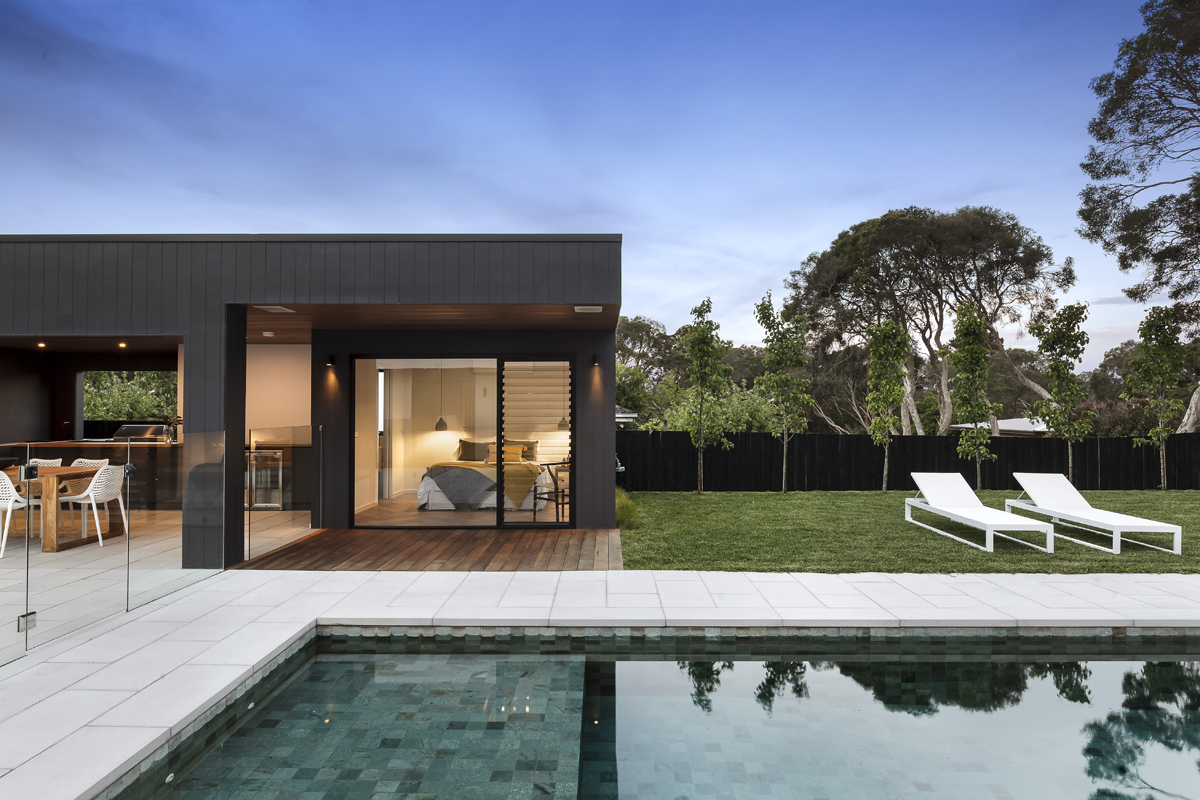Sump Pump Replacement Costs 2023
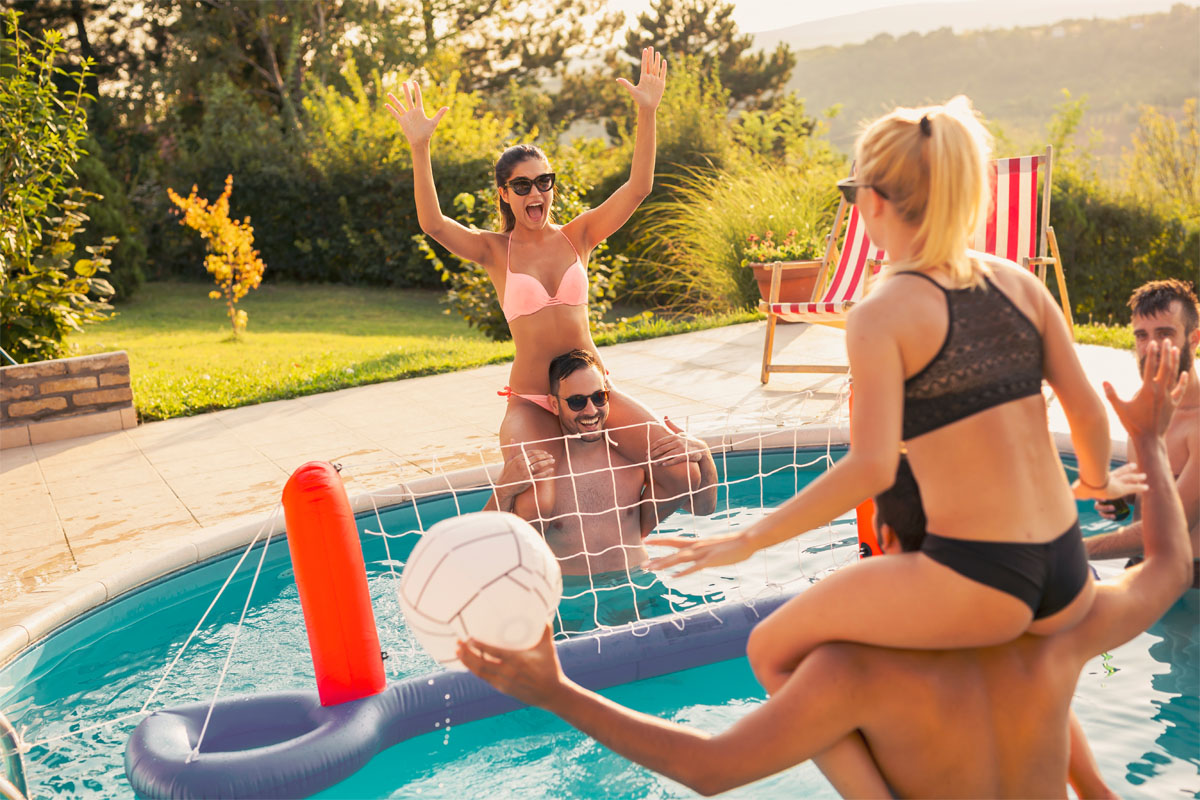
Costs, on average, to replace your sump pump is $300 to $750, although it can range anyplace from $110 to $1,000. The cost basically is subject to the cost of the unit and the company you hire to replace it.
How Much Does Replacing a Sump Pump Cost?
A sump pump replacement is going to cost less than a new installation, at around $300 to $750. On the average, you are going to pay $500. Since the process to replace it isn’t as time-consuming or labor-intensive as a new installation. There’s no digging needed; you just have to take the old pump out and then install the new one.
How Do I Know When It’s Time for a Replacement?
When the motor is failing and/or your pump is over ten years old, it’s time to replace it. If you’ve noticed that your pump is constantly running or cycling on and off, these could also be an indication that your sump pump is going bad.
Sump Pump Replacement Cost Explanation
If your sump pump is failing, it’s time to purchase a new one—but going over budget clearly is not what you want. It can be beneficial to acquaint yourself with the various aspects that impact replacement costs, so you’ll know what you’re going to expect.
Costs for Labor
Professionals typically bill $45 to $200 each hour for the installation of a sump pump. Replacements only take about an hour or so (conversely, new installs can take up to 2 to 4 hours).
Type of Pump
Pedestal pumps are around $60 – $170. Submersible pumps are around $100 – $400. Submersible pumps are more costly but have more powerful. You can assume to pay more for submersible pumps repairs.
How to Save Money on Your Sump Pump Replacement
The best thing you could do to save you money on a replacement is to thoroughly examine and maintain your sump pump during the year. That way, your pump is going to last as long as it can. It’s particularly important to guarantee your pump is in good working order throughout storm seasons, prior to predicted heavy rainfall, and prior to the snow melting. Here are some routine maintenance tips for taking care of your sump pump:
- Verify the pump’s position. Fluctuations can cause a sump pump to shift positions, so you should routinely check to make sure that your pump is sitting in the correct position.
- Test the pump. Pour water into the pit to verify that your pump is running correctly. Do this multiple times over a year.
- Clean the pump. Remove any debris and verify to be sure the inlet screen (located near the pump’s bottom) isn’t blocked. Do this every 3 to 4 months.
- Acquire a filter. The filter is going to help keep things out of the pump, increasing its lifespan. Utilizing a piece of screen is a simple solution for keeping debris from getting inside the pit.
- Hire a professional. Think about hiring a pump professional in your area to perform a yearly maintenance checkup. The contractor is going to check to be sure that the pump empties properly and that the float is working correctly.
Pool Light Replacement In Gilbert, AZ
Pool Service Gilbert is a family-owned and operated business that has been serving the valley since 2004. We offer reliable and affordable pool services, including repairs, replacement, equipment installations and more! Our service area includes Ahwatukee, Chandler, Gilbert, Mesa, Phoenix and Tempe, Arizona. Contact us right here for your upcoming pool service needs! Call us at 480-748-3022 for more information.

